Creative Bread Shapes and Designs: Turn Your Dough into Edible Art
Selected theme: Creative Bread Shapes and Designs. Welcome to a warm, flour-dusted corner where loaves become sculptures, crusts tell stories, and every bake invites conversation, curiosity, and a little play. Subscribe to keep your oven—and imagination—glowing.
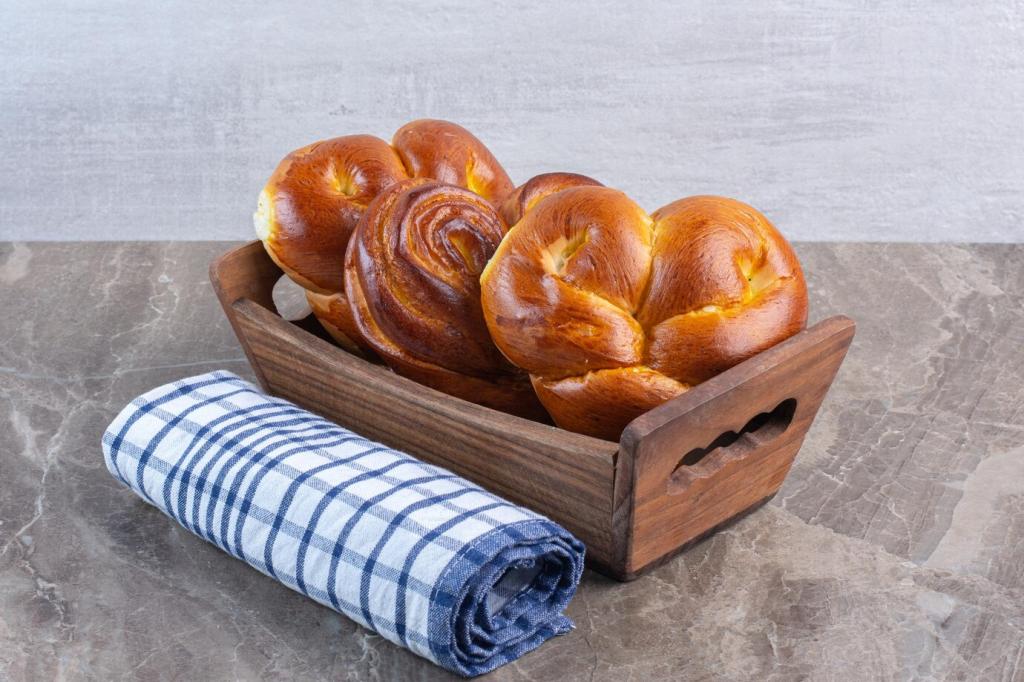
Shaping Fundamentals for Artistic Loaves
Dough Structure and Tension
Great bread designs begin with structure. Develop gluten with gentle coil folds and a patient bulk ferment until the dough feels buoyant and stretchy. When shaping, pull the surface snug to create tension, like smoothing a drumhead, so intricate forms hold through proofing and the oven’s dramatic spring.
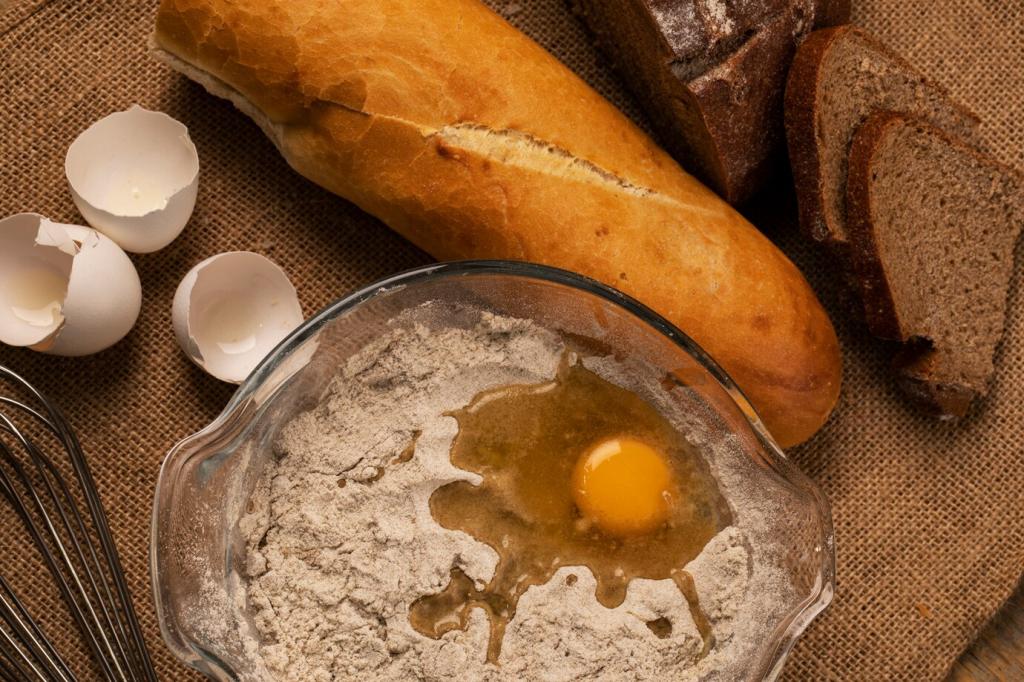
Braids create movement and rhythm. Think challah’s tender, glossy strands, Greek tsoureki’s aromatic weave, or Scandinavian plaits that glow with egg wash. Practice three-strand foundations, then graduate to five and six for sculptural volume. Share your favorite braid pattern and tell us the celebration it brings to your table.
Cultural Inspirations for Bread Art
Bread often speaks in symbols. Pretzels once signified folded arms in prayer; wheat-sheaf epis echo harvest pride; doves and hearts celebrate peace and love. Translate meaningful icons into your dough with simple templates. Post a photo of your festive loaf and tell the story behind its chosen symbol.
Cultural Inspirations for Bread Art
Tools and Techniques for Clean Lines
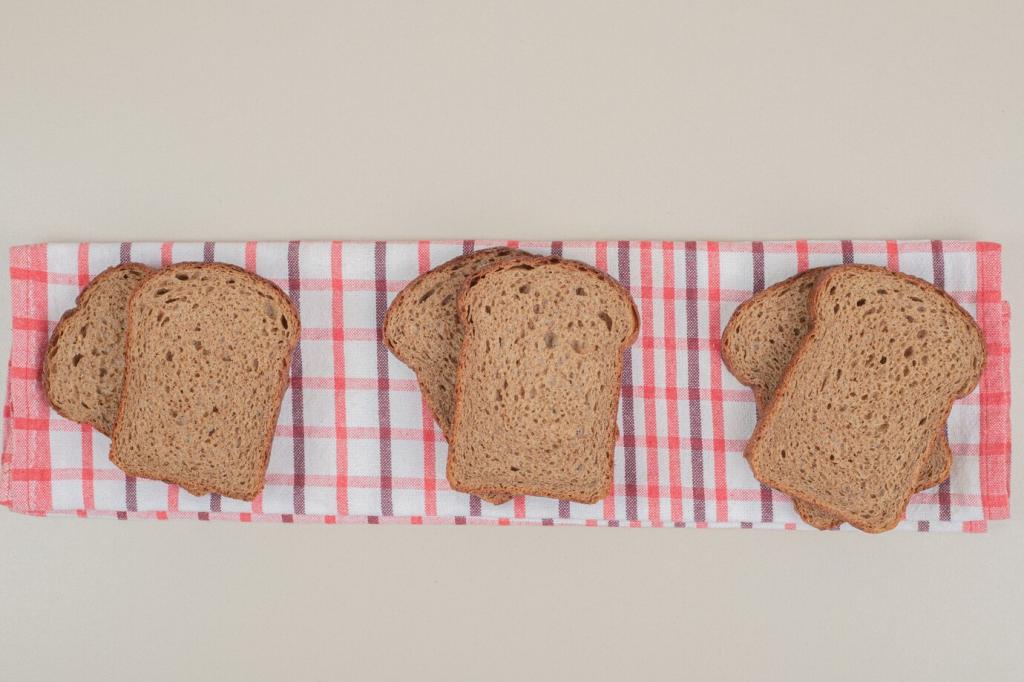
Keep a sharp lame, a sturdy bench scraper, and well-floured bannetons. A soft brush removes excess flour for cleaner contrasts, while parchment supports delicate transfers. Maintain razor sharpness for snag-free slashes. Tell us which single tool improved your shaping the most and why it earned a permanent spot.
Story: The Swallow Loaf on a Rainy Market Morning
Rain pounded the market tents, and customers vanished. With dough ready, I pinched wings, curved tails, and scored tiny beaks, shaping quick swallows from simple rolls. The first child pointed, laughed, and tugged a parent back. Soon umbrellas clustered, and the birds lifted the gray morning like steam from crust.
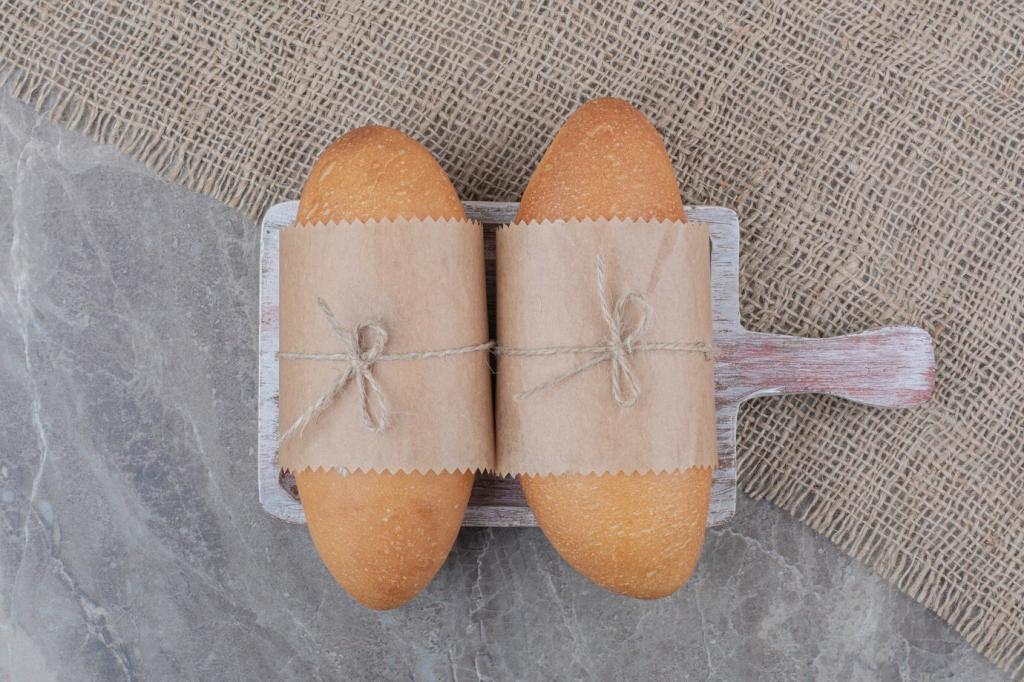
Sketch shapes to visualize expansion paths. Mark primary slashes, accent cuts, and where seeds or stencils will sit. Consider how oven spring will stretch curves and widen gaps. Share your planning doodles; seeing how others solve distortions teaches us to predict, adapt, and design with confidence.
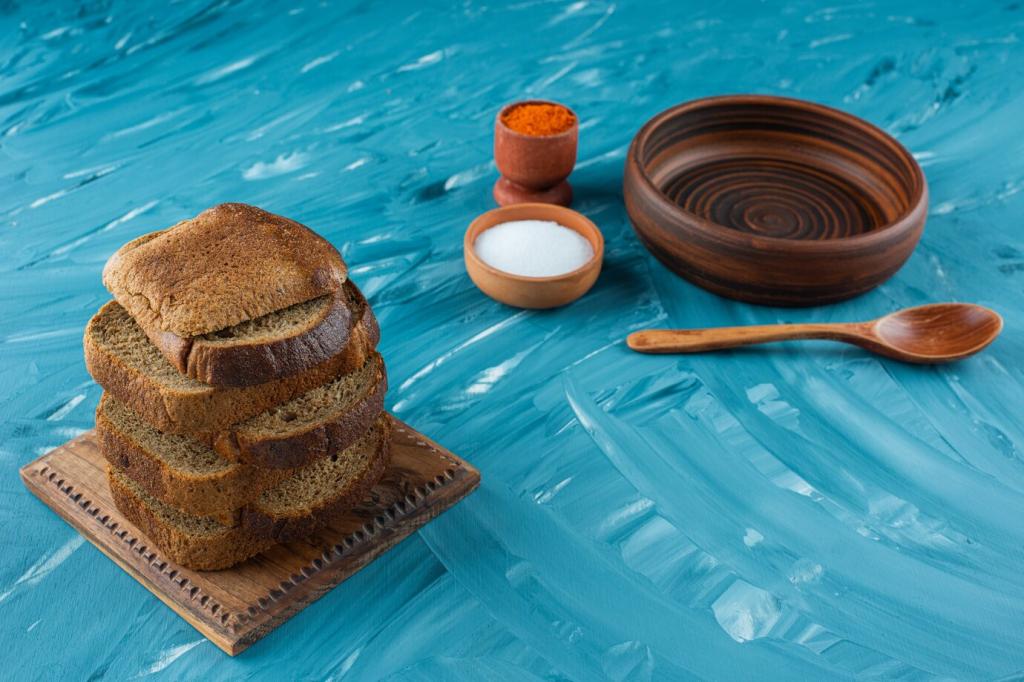
Texture, Flavor, and Shape Working Together
Tighter shapes—knots, small braids, and rolls—often yield a gentle, even crumb, perfect for butter and jam. Open, elongated shapes encourage dramatic holes and shattering crust. Choose the crumb for your occasion, then pick a design that delivers that texture without sacrificing visual intent.
Texture, Flavor, and Shape Working Together
Place herbs, olives, or cheese along seams that will open in the oven, revealing delicious cross-sections. Swirl pestos for spirals, tuck toasted seeds into folds, and scatter aromatics where scoring will spotlight them. Comment with your favorite flavor-design pairing, and inspire a new pattern for our next bake.
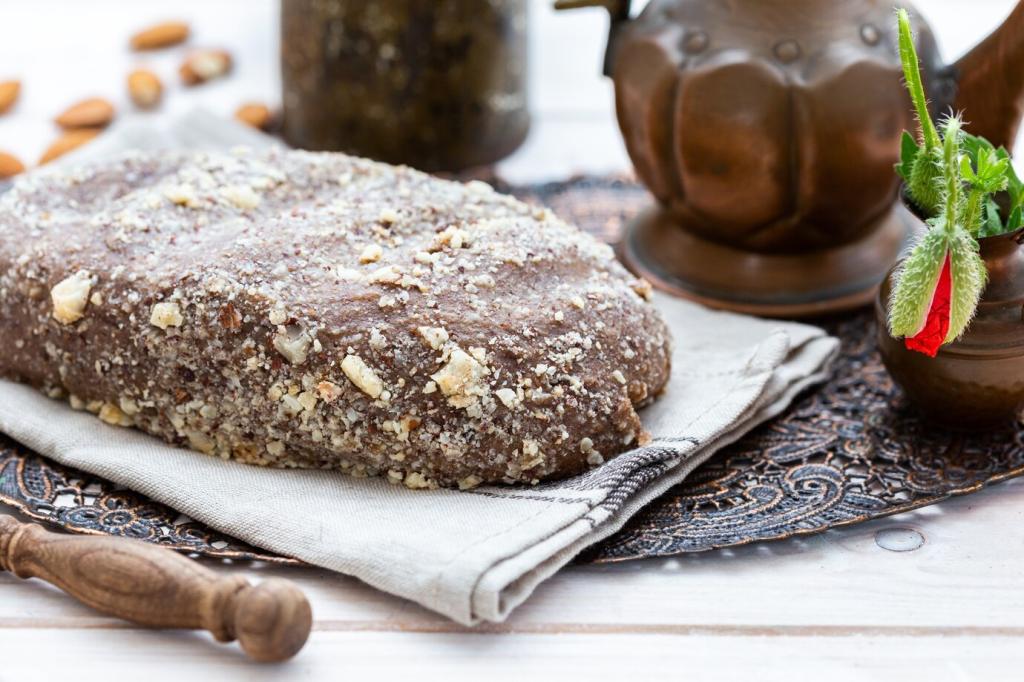
Design one motif that feels distinctly yours—a leaf vein, a starburst, a tiny crest—and repeat it across different loaves this month. Post progress and pitfalls. We’ll feature inventive attempts in a community roundup, so subscribe and keep those experiments coming hot from the oven.
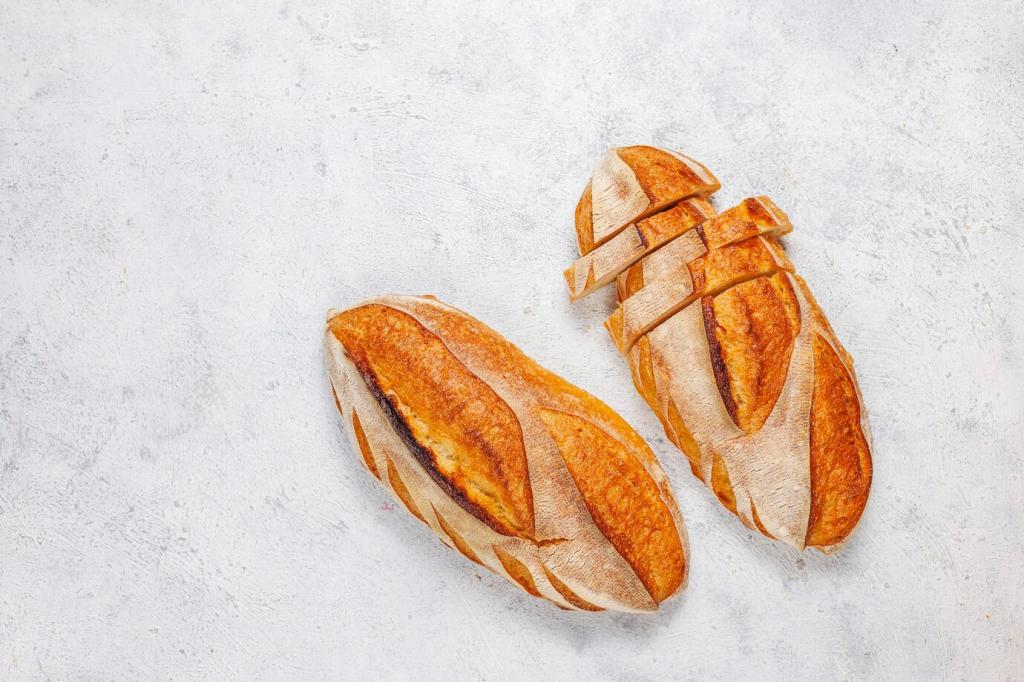
Share photos and describe your dough hydration, proof timing, and scoring depth. The more detail, the better the advice. Drop a tip that helped you achieve cleaner lines or stronger ears, and we’ll compile the best notes into a reader-powered guide to creative bread design.
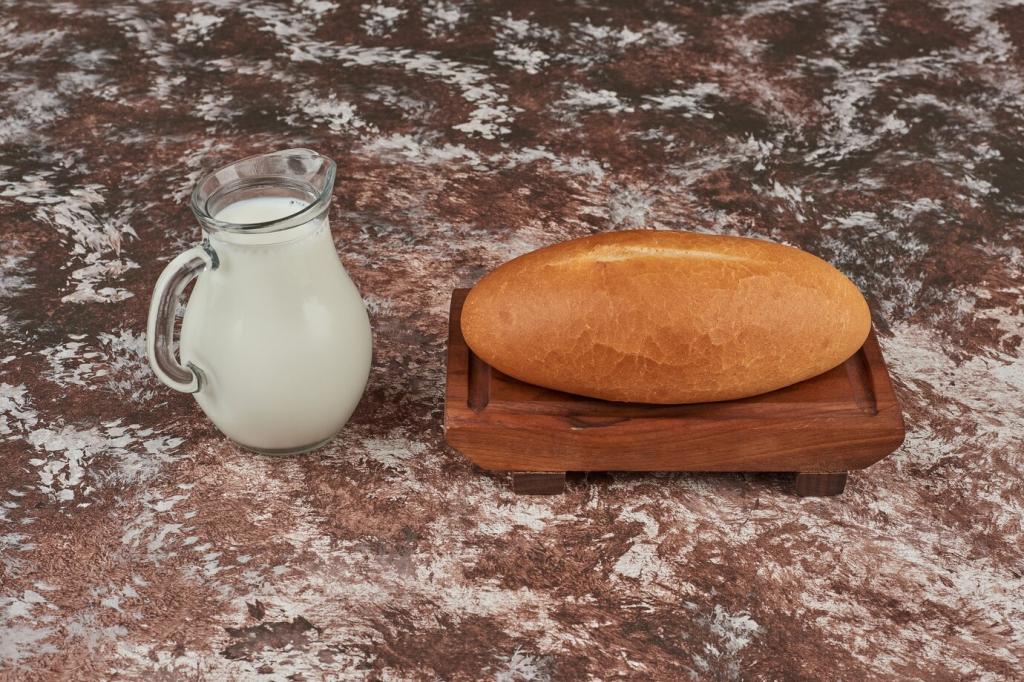
Every Friday we publish a simple sketch and a matching shaping plan to try over the weekend. Bake along, compare results, and adjust together. Subscribe for reminders, and tell us what themes you want next—floral patterns, animal silhouettes, or geometric lattices that challenge your steady hand.
